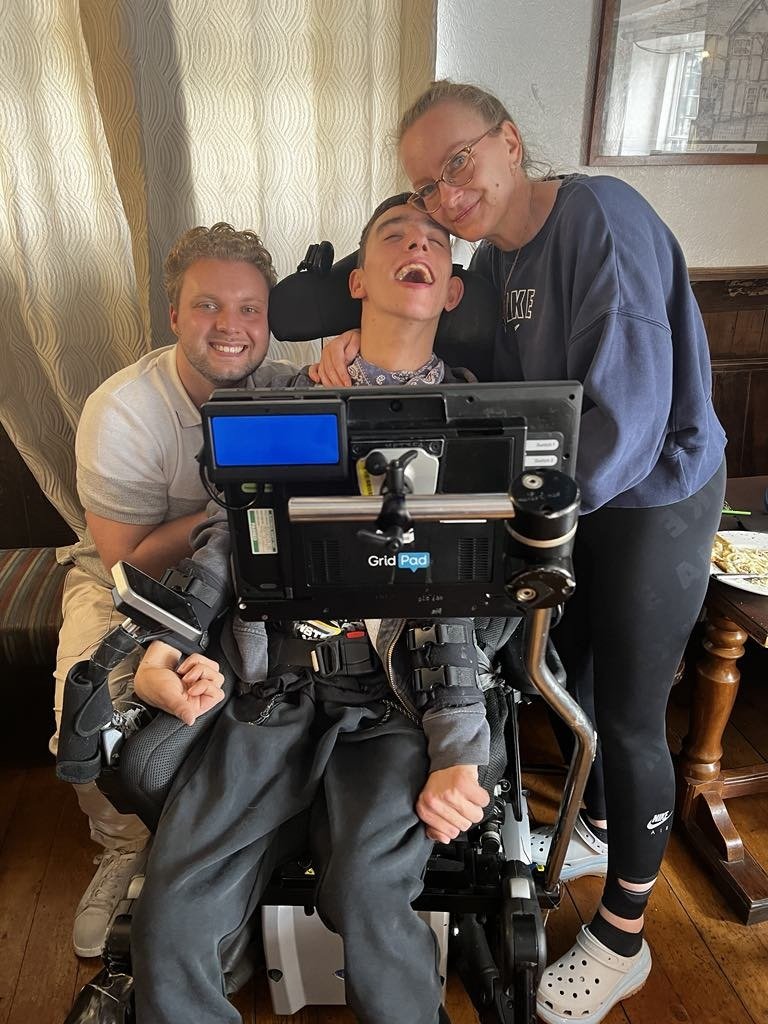Artificial Intelligence (AI) has transformed the way businesses engage with customers, employees, and stakeholders. Among its many innovations, AI Chatbots have become one of the most impactful tools, offering real-time interaction, personalization, and automation at scale. For organizations that want to modernize their operations, the process of How to Build AI Chatbot is no longer a futuristic idea but a pressing necessity. While there are many no-code tools available, businesses seeking robust and scalable chatbot solutions need to understand the technical side of AI Chatbot Development—particularly how Natural Language Processing (NLP) and Machine Learning (ML) power intelligent conversations.
This blog will walk you through the technical aspects of building a chatbot, highlighting how NLP and ML frameworks, libraries, and models come together. It will also explore why businesses should invest in AI Chatbot Development services and how industries like AI development, app development, web development, custom software development, AI chatbot development, and AI agent development are directly influenced by this technology.
Understanding the Role of NLP and Machine Learning in Chatbots
When people think about How to Build AI Chatbot, they often imagine a simple question-answering tool. However, the most effective chatbots rely on NLP and Machine Learning to understand user input, derive meaning from context, and provide accurate responses.
NLP enables a chatbot to break down human language into machine-readable components. It involves processes like tokenization, sentiment analysis, entity recognition, and intent classification. For example, when a user types, “I want to book a flight from New York to London,” the chatbot needs to understand the intent (booking a flight) and extract entities (origin: New York, destination: London). Without NLP, chatbots would only recognize keywords rather than context.
Machine Learning adds adaptability. Unlike rule-based bots, ML-driven bots learn from interactions over time, improving accuracy and personalizing responses. When paired with NLP, ML ensures that a chatbot evolves, becoming smarter and more reliable with every conversation.
Why Businesses Need Advanced AI Chatbots
In today’s digital-first economy, enterprises face the challenge of scaling customer interactions while reducing operational costs. Traditional customer support channels are expensive and often fail to deliver real-time engagement. Here is where AI Chatbot Development services play a critical role.
From retail to healthcare and banking to education, chatbots built with NLP and ML drive automation, enhance customer satisfaction, and deliver personalized experiences. In fact, companies adopting advanced AI chatbot development strategies report significant improvements in lead generation, reduced customer support costs, and higher user engagement.
Businesses engaged in app development, web development, and custom software development are increasingly integrating chatbots into their products to provide interactive interfaces. Similarly, AI agent development leverages chatbots as core components, enabling autonomous agents to handle complex workflows and decision-making tasks.
The Technical Blueprint: How to Build AI Chatbot with NLP and ML
To understand How to Build AI Chatbot on the technical side, one must consider multiple layers: data preprocessing, model training, and system integration.
First, data plays a vital role. Training datasets—often sourced from customer queries, FAQs, and domain-specific documents—help the chatbot understand how humans phrase questions. These datasets must be cleaned, tokenized, and labeled before being fed into an NLP pipeline.
Next comes the selection of NLP frameworks. Python, being the most popular programming language for AI, offers libraries like NLTK, spaCy, and Hugging Face Transformers, which are widely used in AI Chatbot Development. These frameworks help in tokenization, named entity recognition, and contextual embeddings.
Machine Learning models, such as decision trees, deep learning neural networks, and transformer-based architectures like BERT or GPT, are then applied to classify intents and generate responses. Reinforcement learning can further fine-tune the chatbot by learning from user interactions.
Finally, integration ensures the chatbot is not just an isolated system but part of a larger ecosystem. Whether deployed on websites, mobile apps, or enterprise applications, the chatbot must seamlessly connect with APIs, CRMs, and databases, ensuring real-time functionality.
Tools and Libraries for NLP and Machine Learning in Chatbots
A strong technical foundation relies on frameworks and libraries that make AI Chatbot Development efficient. Python developers often rely on:
-
NLTK (Natural Language Toolkit): A foundational library for text processing and tokenization.
-
spaCy: Known for its efficiency in large-scale NLP tasks like entity recognition.
-
Rasa: An open-source framework tailored for AI chatbot development, offering intent classification and dialogue management.
-
TensorFlow and PyTorch: Deep learning frameworks that enable ML-based training of chatbots.
-
Transformers (by Hugging Face): Provides access to pre-trained models like BERT, GPT, and RoBERTa for advanced NLP tasks.
By combining these tools, developers can design a chatbot that understands context, predicts intent, and responds accurately.
Challenges in Building NLP and ML Chatbots
While AI Chatbot Development services provide expertise, it is important to recognize the challenges involved. One of the main hurdles is acquiring domain-specific training data. Without it, the chatbot might misinterpret user queries. Additionally, building scalable models requires significant computational resources, which can be costly for small businesses.
Another challenge lies in maintaining conversational flow. Human language is full of ambiguities, slang, and grammatical variations. Ensuring that a chatbot can adapt to these nuances is no small feat. This is where custom software development plays an essential role, allowing companies to tailor solutions for their unique requirements.
Real-World Applications of NLP and ML in Chatbots
Industries are already leveraging NLP and ML-powered chatbots to transform business operations. In healthcare, chatbots provide symptom checking and appointment scheduling. In banking, they manage account inquiries and fraud detection alerts. E-commerce companies use them for personalized recommendations, while educational platforms deploy them for student support.
Such wide-ranging use cases highlight why businesses are increasingly investing in AI chatbot development services. By doing so, they unlock greater efficiency and customer satisfaction across all digital channels, whether in app development, web development, or AI agent development projects.
Future of AI Chatbots with NLP and ML
As technology advances, the future of chatbots will move beyond transactional interactions. With the rise of generative AI and multimodal models, chatbots will not only understand text but also process voice, images, and video. This evolution will redefine customer experience and further embed chatbots into enterprise ecosystems.
The future also points to tighter integration of chatbots into AI agent development, where they function as part of larger autonomous systems capable of making business decisions, predicting customer needs, and automating complex workflows.
Conclusion
Understanding How to Build AI Chatbot with NLP and ML is about much more than assembling frameworks and code. It involves grasping the intricacies of natural language, applying the power of machine learning, and integrating the solution into a broader ecosystem of AI development, app development, web development, and custom software development.
For businesses that want scalable, intelligent, and adaptable solutions, investing in AI Chatbot Development services is the smartest approach. Such services bring expertise, technical precision, and strategic alignment to ensure that the chatbot not only works but thrives in real-world environments.
By embracing AI chatbot development powered by NLP and ML, organizations can future-proof their customer engagement strategies, streamline operations, and position themselves at the forefront of the digital transformation era.





